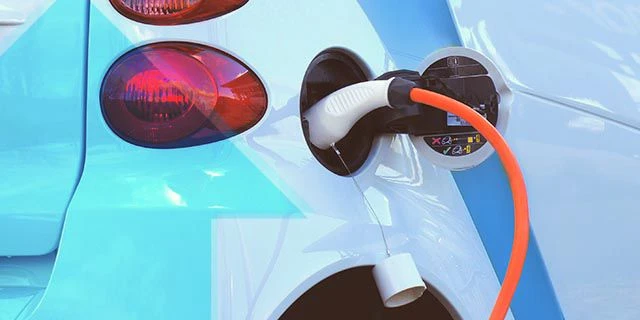An Upgrade on the Electric Car Market
Driving in any metropolitan city these days you’re bound to see hybrid and electric cars. The auto market is changing, and electric/hybrid cars have a lot to do with that.
When energy efficient cars were first introduced to consumers years ago, they were a bit funny looking and some found them unappealing. Now, electric and hybrid cars can be as beautiful as other gas cars and are creeping in on the market share of their petroleum-consuming counterparts faster than many expected.

The main players in this game are whom you’d expect: Toyota, Nissan, Chevrolet, Volvo and the growing company Tesla. In the past five years, Tesla has come to dominate the electric vehicle (EV) market, now being responsible for one third of every EV on the road.
The Next Big Things
As far as EVs go, there is always something newer and better coming out. Recently, this has been the introduction of the Tesla Model 3, an affordable model from the luxury EV brand. The Model 3 has completely changed the game for Tesla in the short time since its introduction. This car welcomes a new consumer base to the EV market, making the cars more accessible and affordable than ever. Tesla has already received 400,000 preorders for the Model 3, a huge increase in their current 100,000 vehicles in the US.
In addition to Tesla, many other car companies have announced that they are gearing toward all EV line-ups or all hybrid vehicles. For instance, Volvo announced that they will only be producing electric or hybrid vehicles after 2019. Ford has made a similar announcement, and the French and British governments have said that they will make the sale of gasoline and diesel fuel illegal after the year 2040.
It’s obvious that this industry is evolving and moving at a pace faster than most people could have predicted. A study by Bloomberg New Energy Finance found that electric cars will be as cheap or cheaper than their gasoline counterparts by 2025, and that EVs will out-sell gasoline cars within the next four years.
Some may find these numbers and announcements hard to believe, because electric cars are still fairly rare, only comprising 1.1 percent of global cars in 2016. However, you cannot deny the changes they are bringing and the traction already gained among target customers. They face challenges, but there are over two million on the road as of 2016 (International Energy Agency) and their batteries are becoming more affordable and reliable.
The main attracting point of EVs is, of course, their potential environmental benefits. Environmental advocates argue that cars and trucks are harsh on our world, with their emissions accounting for 14 percent of global greenhouse gases and 27 percent of that contained in the US alone. This surprising statistic is used by some to support the theory that gasoline-powered cars could be worse for the environment than power plants and electricity emissions.
According to the Energy Information Administration, a switch to electric cars will be better for the environment because they produce less greenhouse gas emissions than gas vehicles. It’s becoming clear that driving electric or hybrid cars may be a key factor in the future of transportation.
Limitations
Nothing is perfect, so of course the electric car has its own limitations. Perhaps the biggest problem with EVs is most models cannot travel more than 300 miles without needing a charge, which prevents them from sensibly being used on long road trips. This problem goes hand in hand with the lack of EV chargers across the country. With roughly 40,000 available, a likely concern in the future will be too many cars and not enough charging points.
A few years ago electric and hybrid cars were a trendy fad and not expected to stick around, but now it’s clear that the electric car is here to stay and already leaving the driveway. Check out more industry news and expert advice from Neighborly!



 Back
Back

 1 (855) 217-8437
1 (855) 217-8437


